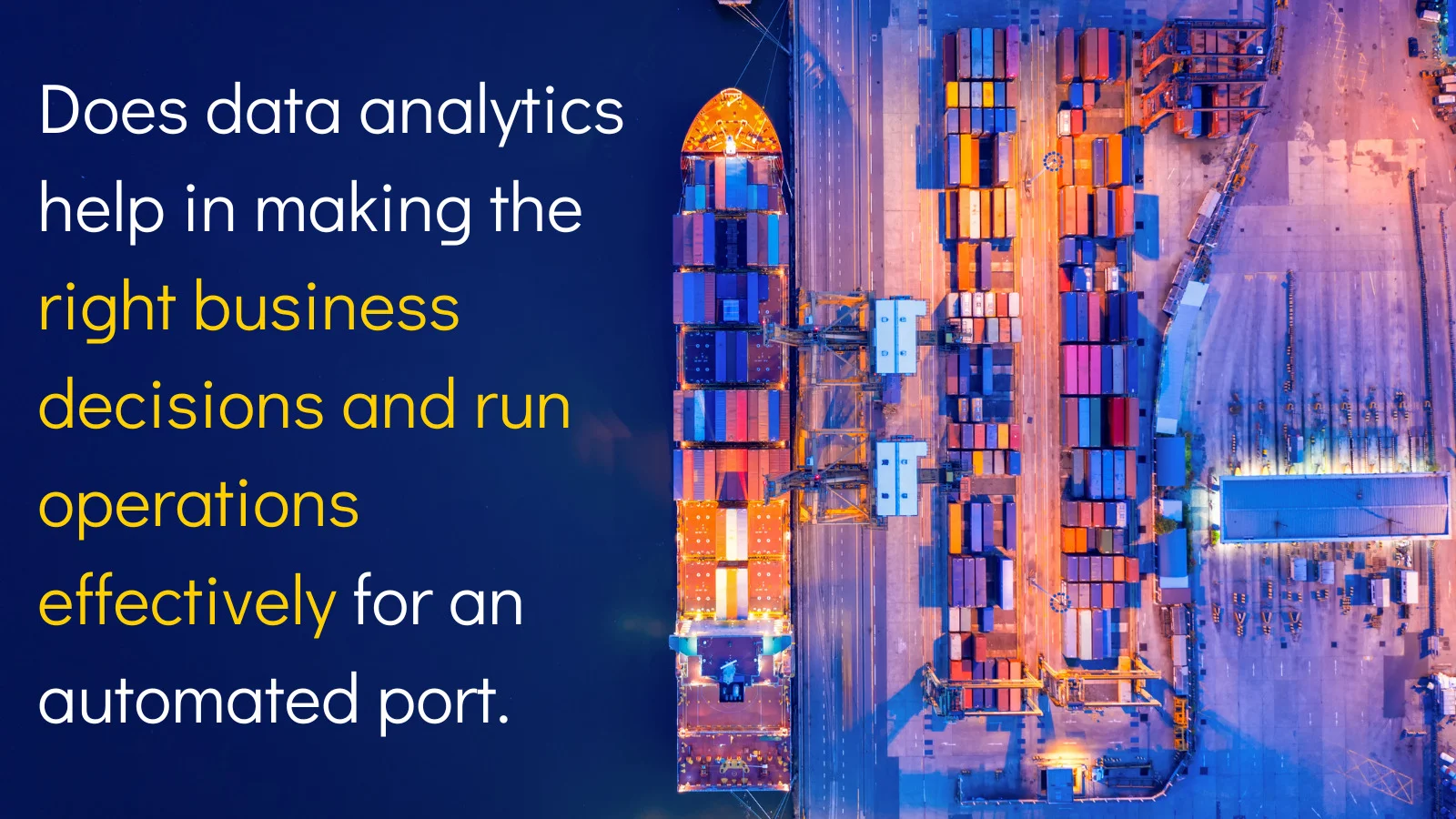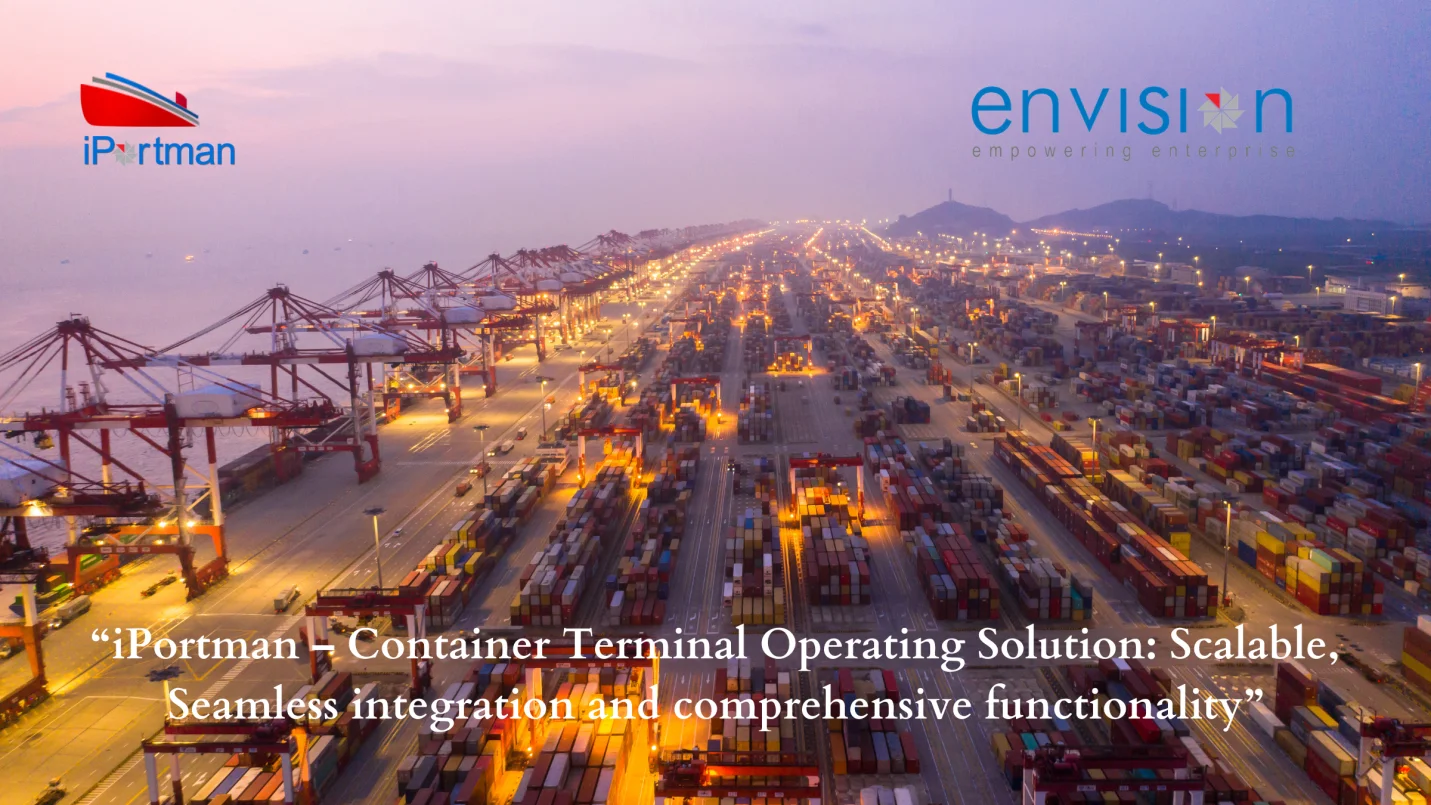Envision
Sustainability and Rail Transport: How Management Systems Drive Eco-Friendly Solutions
.webp)
Table of Contents
1. Introduction
2. The Importance of Sustainability in Rail Transport
3. Role of Rail Transport Management Systems in Promoting Sustainability
4. Challenges in Rail Transport Management System Deployment
5. Looking Ahead: The Future of Sustainable Rail Transport
6. Conclusion: Driving the Future of Sustainable Rail Transport
Introduction
As global concerns about climate change and environmental degradation grow, industries are under pressure to adopt sustainable practices, with the transportation sector—a major contributor to greenhouse gas emissions—being no exception. Rail transport, long regarded as one of the most energy-efficient and environmentally friendly modes of transport, faces the challenge of meeting increasing demands for eco-friendly solutions while addressing future sustainability challenges.
This blog explores how advanced management systems can drive sustainability in rail transport. By promoting eco-friendly practices, optimizing resources, and tackling industry challenges, these systems play a pivotal role in shaping a greener future for rail, ensuring it remains a leading choice for sustainable transportation.
The Importance of Sustainability in Rail Transport
Sustainability is a key goal for the rail transport sector, driven by the need to reduce its carbon footprint while ensuring efficiency in meeting transportation needs. Railways are already one of the most energy-efficient modes of transport, particularly when compared to road and air transport. The International Energy Agency (IEA) highlights that by diversifying energy sources and enhancing mobility efficiency, the rail sector can significantly reduce fuel consumption and lower both carbon dioxide and local pollutant emissions.
In fact, a report by the International Transport Forum (ITF) suggests that transport carbon emissions could decrease by as much as 70% by 2050, thanks to improved technologies and policies. Despite the positive outlook, there are still significant barriers to increasing the sustainability of rail transport, such as resource scarcity, reliance on fossil fuel-powered hybrid locomotives, and limited infrastructure for renewable energy integration. Therefore, the rail industry must embrace comprehensive strategies that not only reduce emissions but also foster the long-term health of the environment.
Role of Rail Transport Management Systems in Promoting Sustainability
Management systems are vital in driving sustainable practices within the rail transport sector. These systems provide the frameworks and tools necessary to optimize operations, reduce energy consumption, and minimize waste. They also facilitate the implementation of sustainable technologies, such as electrification, the use of alternative fuels, and renewable energy sources. Here’s how modern management systems are helping promote sustainability in rail transport:
- Optimization of Operations: By using advanced data analytics and predictive models, rail Transport management systems enable rail operators to optimize train schedules, reduce idle times, and improve energy usage. This results in lower fuel consumption and a reduction in overall emissions.
- Transition to Renewable Energy: Rail Transport management systems allow for better integration of renewable energy sources like wind and solar into rail operations. This shift from traditional fossil fuels to cleaner energy options is essential in reducing the carbon footprint of rail systems.
- Real-time Monitoring and Maintenance: With the use of IoT sensors and AI-powered monitoring tools, Rail Transport management systems can track train performance and equipment health in real-time. This proactive approach to maintenance reduces energy waste, prevents unnecessary repairs, and increases the lifespan of assets, ensuring that rail systems run efficiently over time.
- Route Planning and Efficiency: Advanced management software can help optimize rail routes, identifying the most energy-efficient paths, thus reducing travel time and fuel consumption. It also allows operators to adjust schedules based on real-time traffic and environmental conditions, minimizing delays and energy waste.
- Smart Passenger Management: In passenger rail transport, management systems also support sustainable practices by enhancing customer experiences. For instance, operators can implement features like dynamic pricing, real-time travel information, and personalized schedules, which can help reduce overcrowding and optimize resource allocation.
- Collaboration and Stakeholder Integration: A key feature of Rail Transport management systems is their ability to integrate multiple stakeholders, including urban planners, government agencies, and customers. This facilitates coordinated efforts to develop more sustainable rail infrastructure, improve passenger experiences, and implement low-carbon solutions across various sectors.
Challenges in Rail Transport Management System Deployment
While rail transport offers many advantages in terms of sustainability, the path to achieving a fully eco-friendly system is fraught with challenges. These include:
- Dependence on Fossil Fuels: Despite the progress in electrifying rail systems, many freight trains still rely on diesel-electric hybrid locomotives. These engines, while more energy-efficient than their fully diesel counterparts, still contribute to carbon emissions, particularly in regions where electricity is generated from fossil fuels.
- Infrastructure Limitations: For rail transport to achieve its sustainability goals, significant investments in infrastructure are required. This includes upgrading rail lines to accommodate electrification, building charging stations for electric trains, and ensuring that renewable energy sources are integrated into the grid.
- Resource Scarcity: As the global demand for resources increases, the rail industry must also contend with the environmental impact of extracting and using resources such as steel, concrete, and water. The challenge lies in balancing growth with the responsible use of these materials.
- Technological Barriers: While technological advancements have enabled substantial progress in rail sustainability, the full-scale adoption of green technologies, such as hydrogen fuel cells or fully electric freight locomotives, still faces technical, financial, and regulatory challenges. .
- Regulatory and Policy Constraints: Different regions have varying environmental policies, and some countries may face resistance to implementing greener transport solutions due to economic or political concerns. Overcoming these regulatory hurdles is essential to realizing the potential of sustainable rail transport on a global scale.
Looking Ahead: The Future of Sustainable Rail Transport
The future of rail transport is undoubtedly moving towards greater sustainability, with advancements in technology, infrastructure, and policy driving this change. Several key trends and developments are likely to shape the industry in the coming years:
- Full Electrification and Alternative Fuels: As renewable energy sources become more widespread, rail operators will increasingly shift to fully electric trains and explore alternative fuels like hydrogen or biofuels to further reduce emissions. This transformation will play a significant role in achieving net-zero carbon emissions for the sector.
- Data-Driven Sustainability: With the rise of big data and AI, rail management systems will become more sophisticated, enabling better energy management, resource optimization, and performance monitoring. Predictive analytics will also allow operators to anticipate and mitigate disruptions before they occur, reducing environmental impact.
- Green Infrastructure: Investment in green rail infrastructure, such as energy-efficient stations, solar-powered signals, and electrified track systems, will be crucial in supporting the transition to sustainable rail transport. Governments and private stakeholders must collaborate to fund these initiatives.
- De carbonization of Freight: Freight rail will continue to grow in importance, especially as more companies and countries prioritize the de-carbonization of their supply chains. Intermodal transport, combining rail and road, will also play a crucial role in reducing emissions associated with long-distance freight transport.
- Government Policies and Incentives: Stronger policies and incentives, such as subsidies for green technologies and emissions-reduction targets, will help accelerate the transition to more sustainable rail systems globally.
Conclusion: Driving the Future of Sustainable Rail Transport
Sustainability in rail transport is not just a future aspiration—it’s a current necessity. With management systems driving innovation and operational efficiency, the rail industry is poised to lead the charge in creating a more eco-friendly transportation network. However, the sector must continue to address the challenges of fossil fuel reliance, infrastructure investment, and technological adoption to meet the growing demand for sustainable solutions. By embracing greener technologies, optimizing operations, and fostering collaboration among stakeholders, the rail industry can create a sustainable future for generations to come.
As the rail transport sector continues to evolve towards sustainability, it’s essential for industry players—whether operators, governments, or technology providers—to work together to embrace innovative Rail Transport management solutions. If you’re looking to make your rail operations more eco-friendly, now is the time to explore advanced management systems that can streamline your processes, optimize resources, and reduce your carbon footprint. Let’s drive the future of sustainable rail transport, together.
Ready to Transform Your Rail Network into a Sustainable Ecosystem?
Accelerate your sustainability goals in rail transport — connect with us now to discuss your project requirements.
Talk to us today to know how our solutions can accelerate your digital transformation
Let's Talk

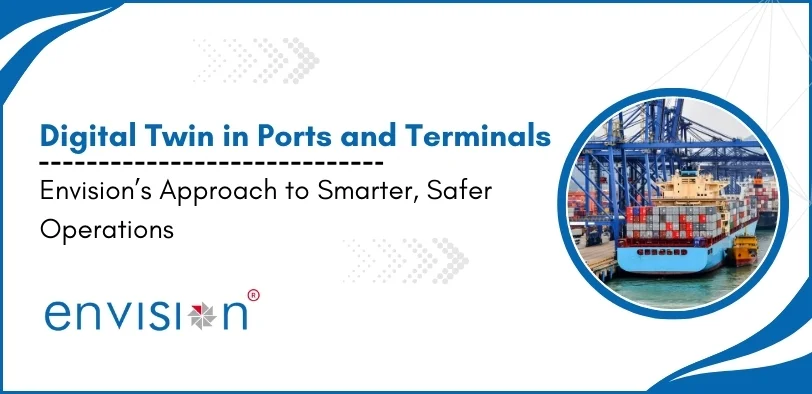
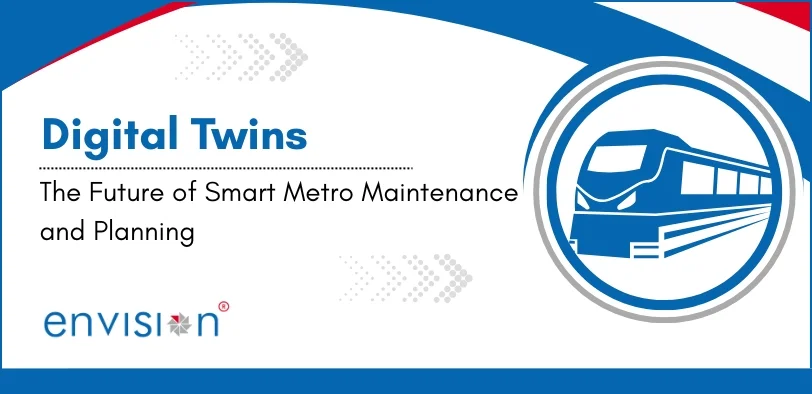
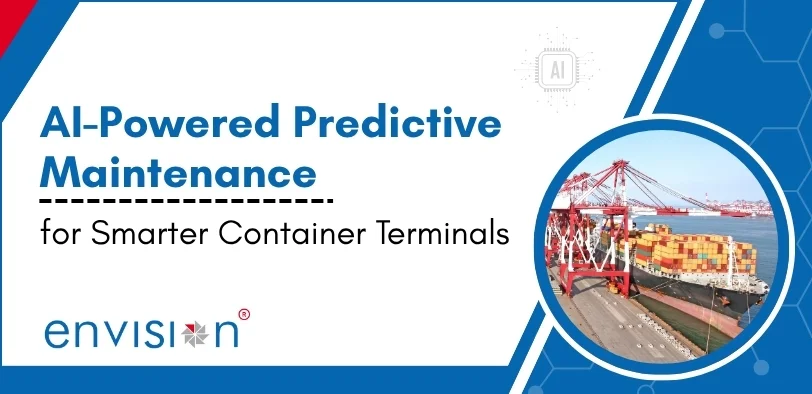
.webp)
.webp)
.webp)

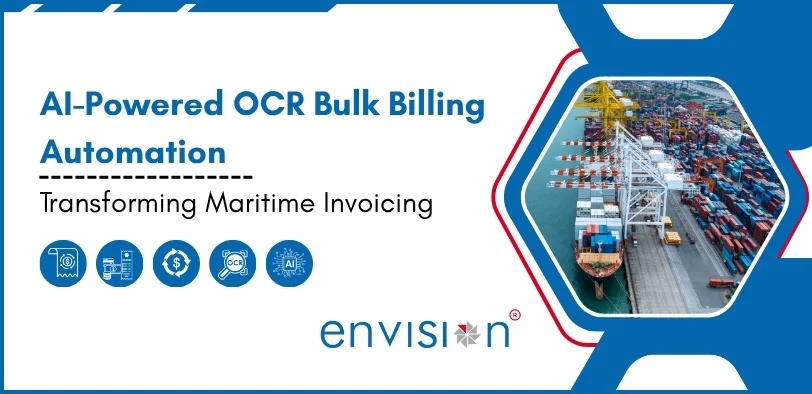
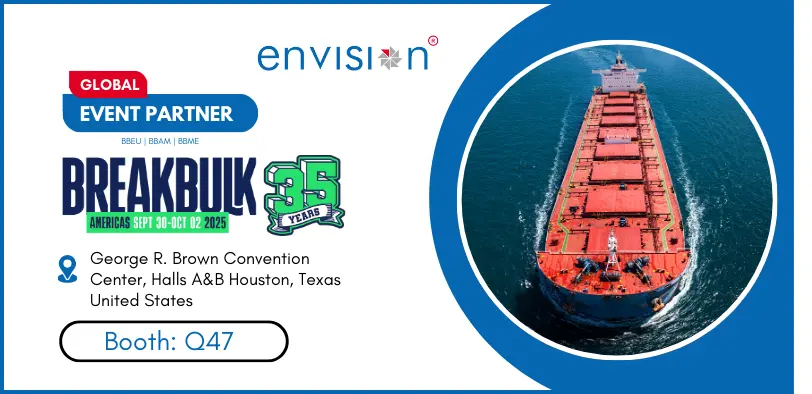


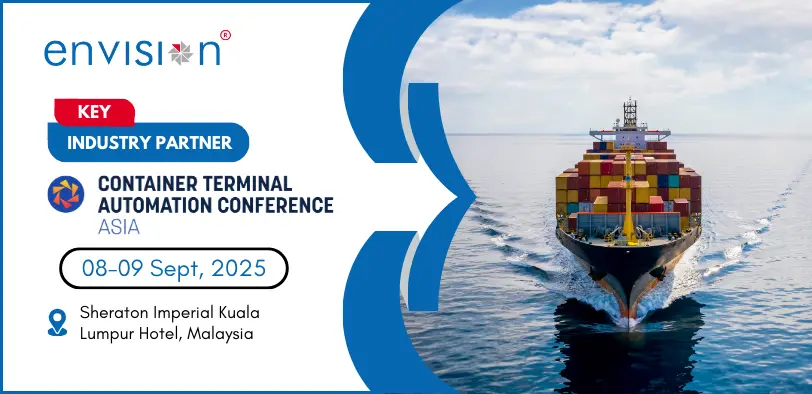


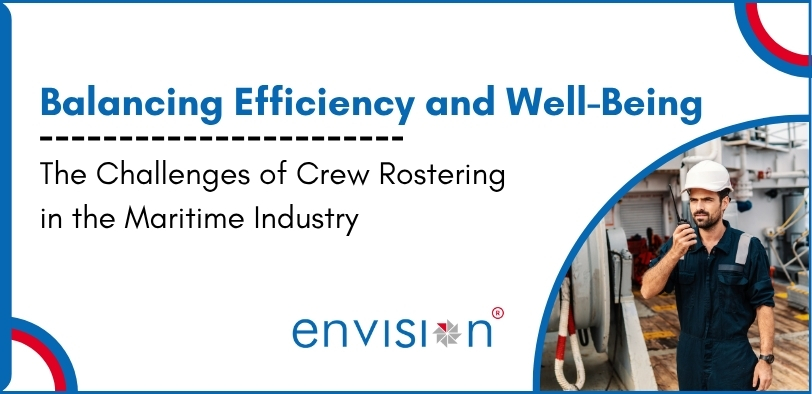

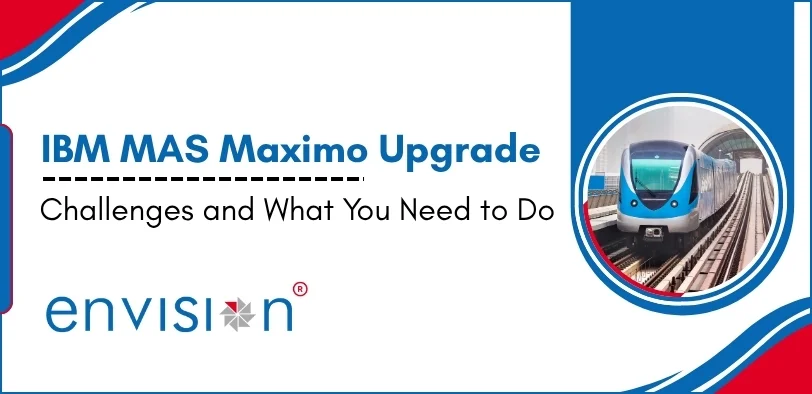
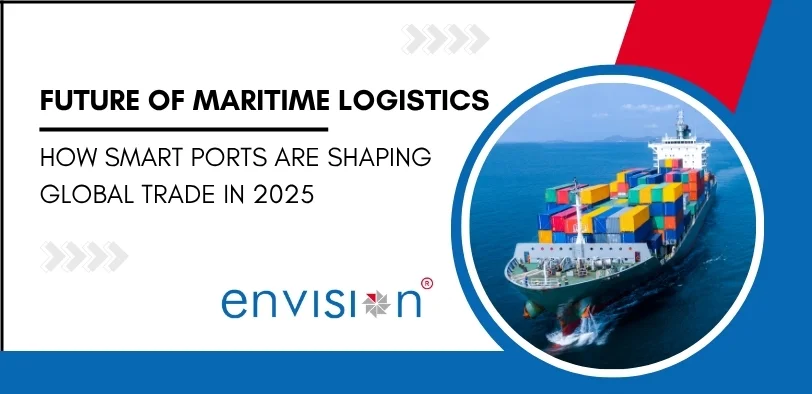







%20ver1_1.webp)







.webp)
.png)
.png)












